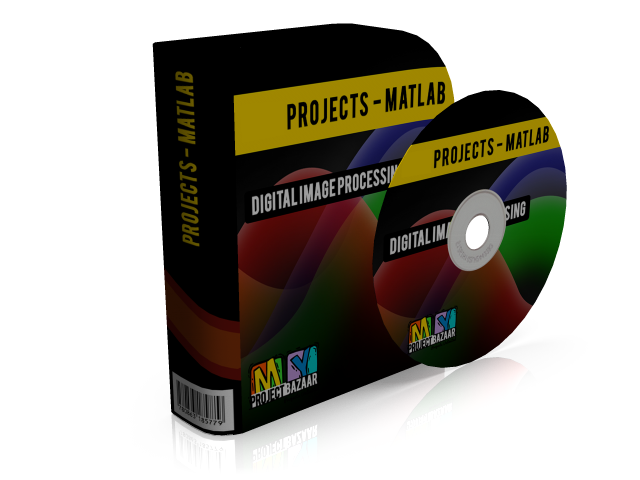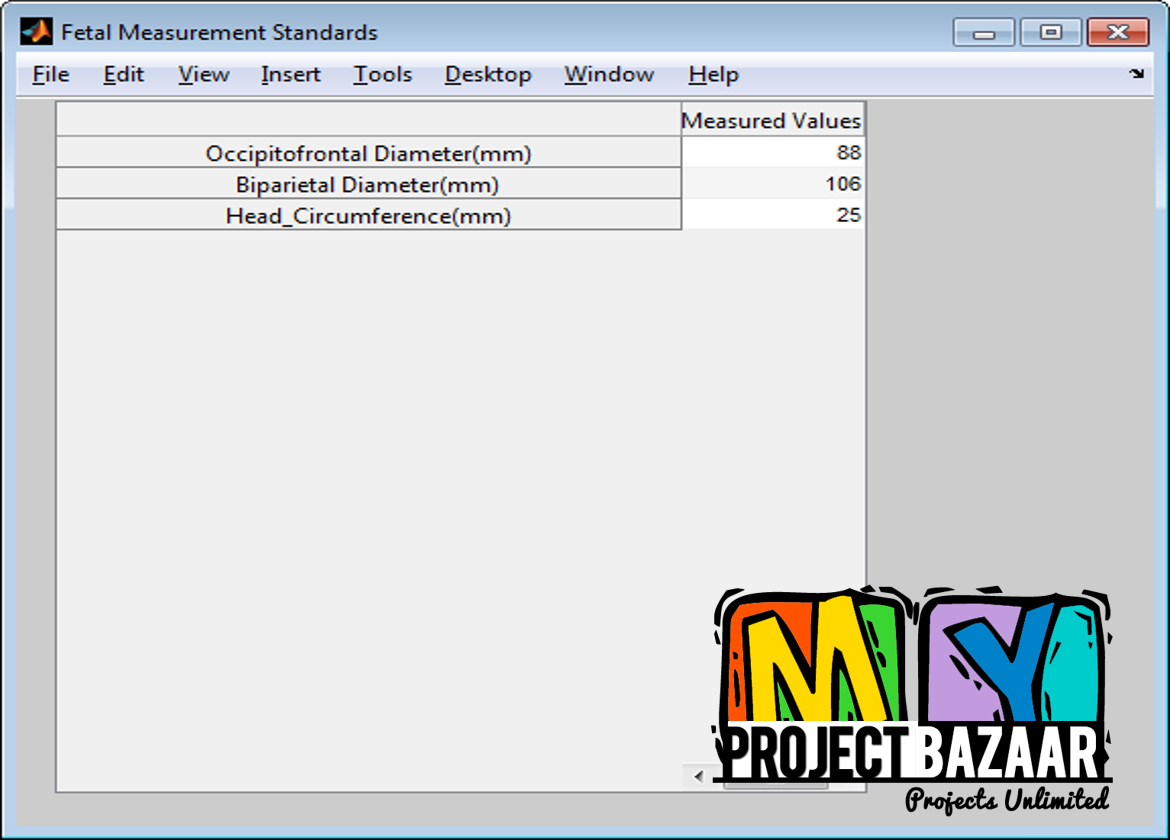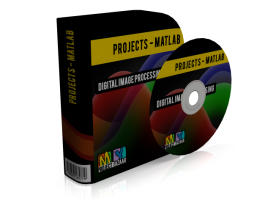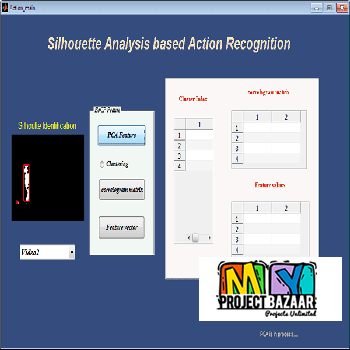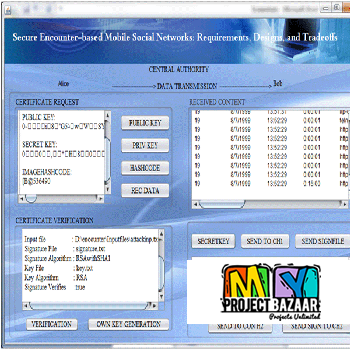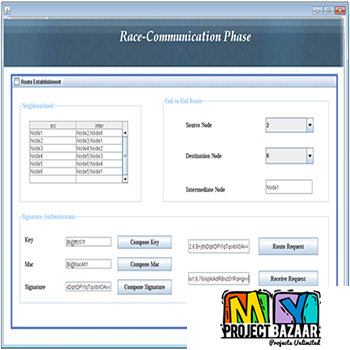
Automatic Detection and Measurement of Structuresin Fetal Head Ultrasound Volumes Using SequentialEstimation and Integrated Detection Network (IDN)
Product Description
Abstract— Automatic Detection and Measurement of Structuresin Fetal Head Ultrasound Volumes Using SequentialEstimation and Integrated Detection Network. Routine ultrasound exam in the second and third trimesters of pregnancy involves manually measuring fetal head and brain structures in 2-D scans. The procedure requires a sonographer to find the standardized visualization planes with a probe and manually place measurement calipers on the structures of interest. The process is tedious, time consuming, and introduces user variability into the measurements. This paper proposes an automatic fetal head and brain (AFHB) system for automatically measuring anatomical structures from 3-D ultrasound volumes. The system searches the 3-D volume in a hierarchy of resolutions and by focusing on regions that are likely to be the measured anatomy. The output is a standardized visualization of the plane with correct orientation and centering as well as the biometric measurement of the anatomy. The system is based on a novel framework for detecting multiple structures in 3-D volumes. Since a joint model is difficult to obtain in most practical situations, the structures are detected in a sequence, one-by-one. The detection relies on Sequential Estimation techniques, frequently applied to visual tracking. The interdependence of structure poses and strong prior information embedded in our domain yields faster and more accurate results than detecting the objects individually. The posterior distribution of the structure pose is approximated at each step by sequential Monte Carlo. The samples are propagated within the sequence across multiple structures and hierarchical levels. The probabilistic model helps solve many challenges present in the ultrasound images of the fetus such as speckle noise, signal drop-out, shadows caused by bones, and appearance variations caused by the differences in the fetus gestational age. This is possible by discriminative learning on an extensive database of scans comprising more than two thousand volumes and more than thirteen thousand annotations. The average difference between ground truth and automatic measurements is below 2 mm with a running time of 6.9 s (GPU) or 14.7 s (CPU). The accuracy of the AFHB system is within inter-user variability and the running time is fast, which meets the requirements for clinical use. (IDN) < Final Year Projects >
Including Packages
Our Specialization
Support Service
Statistical Report

satisfied customers
3,589
Freelance projects
983
sales on Site
11,021
developers
175+Additional Information
| Domains | |
|---|---|
| Programming Language |

